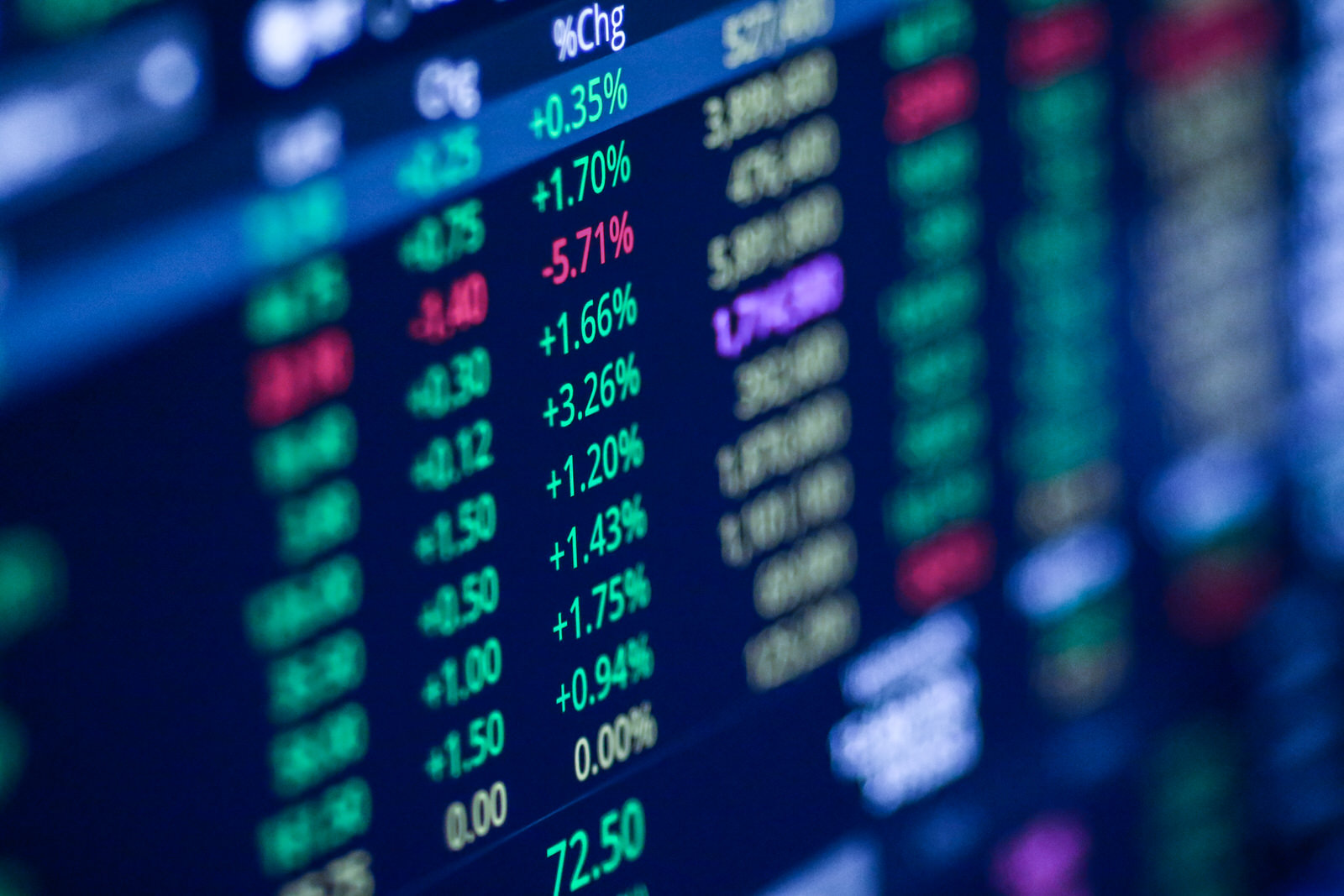by Joseph V. Amato, President and Chief Investment Officer—Equities, Neuberger Berman
In 1998, as bond markets reacted to U.S. fiscal deficits, the Clinton-era political consultant James Carville quipped that he wanted to be reincarnated as the bond market. “You can intimidate anybody,” he observed, even the world’s most powerful government.
Ten years later, the Great Financial Crisis taught us about the extraordinary capacity of central bank balance sheets and fiscal authorities to absorb financial shocks and mitigate the effect of massive deleveraging. You “don’t fight the Fed,” according to Wall Street wisdom, and for more than a decade fixed income investors acquiesced to falling rates and rising government debt—and believing that inflation was a thing of the past.
Markets accepted the “new normal” of cheap money, even after the pandemic further tested its limits. After the latter broke out, the G10’s already bloated central bank balance sheets more than doubled again, to some $30 trillion, and the stock of negative-yielding government bonds worldwide topped $17 trillion. Investors continued to ride the wave, even as it began to rouse inflation.
The Old Normal Is Back
But the “new normal” proved to be “abnormal” after all, and now the bill is coming due. A toxic mix of ruptured supply chains and severe geopolitical tensions, on top of the enormous overreach of fiscal and monetary policy, has pushed “transitory” price rises into disruptive, runaway inflation. The old normal is back: Markets are once again demanding that capital needs to earn a fair return and is not free.
However, the politicians and monetary policy makers have become too used to their supremacy, and near-free capital, to give it up easily. The U.S. government was feeding fiscal stimuli into the economy long after it was needed, and still is. The U.S. Federal Reserve spent far too long telling us that inflation was fleeting.
Now that the Fed has turned aggressively hawkish, it has left other economies in its wake, sending the euro, sterling and yen plummeting against the dollar, exacerbating global inflation.
But while the European Central Bank is toughening its message, it also has to worry about the politics of debt sustainability as bond yields climb, and is now hoping to continue battling the market with its new “Transmission Protection Instrument”. The Bank of Japan has intervened to shore up the yen while continuing to fight the market with its cap on government bond yields.
Most starkly, the Bank of England, faced with a market tantrum over the incoming U.K. government’s unfunded tax cuts, has had to warn of “significant” rate hikes while it interrupts its quantitative tightening with emergency bond purchases to prevent a serious blow-up in U.K. liability-driven investment solutions spilling over into broader financial instability.
For a long time, policymakers around the world have almost always taken the path of least resistance to avoid even modest pain in their economies and markets—and many are struggling to break the habit. This is why we’re all in this mess now, and why we think a return to normalcy will require taking more medicine.
Ready to Impose Discipline
We think equity investors stand right in the middle of this battle between market discipline and policymakers’ largesse. Global equities doubled in value between the shock of the pandemic and the end of 2021, as real rates went negative. They are down almost 35% from their peak now that bond investors are fighting for a risk premium, and many technology growth stocks that are most exposed to rising rates are down 70% or more.
That has been painful, but we think equity investors could see more pain in this struggle. Bond markets have the momentum and are ready to impose discipline.
That makes more volatility in rates likely, which would not only affect equity market valuations, but also raise uncertainty and the cost of capital for businesses. Despite this, full-year 2023 earnings forecasts for the S&P 500 were revised down by only a modest 2% in the second quarter. Remarkably, European earnings projections were revised upward by 2%.
The current situation, in our view, requires a more realistic recalibration of earnings outlooks, which is a big reason why we have remained cautious since early 2022, even as valuations have fallen, and why we remain cautious today.
A Silver Lining?
The “silver lining” is that we think this painful struggle is taking us back to an environment in which capital is properly valued—where equity comes with an appropriate premium and where fixed income offers yields that compensate investors for the risk incurred.
Timing the point at which we reach realistic equilibrium in this battle is challenging. However, unlike the sharp rebounds of 2009 or 2020, the kind of broad-based, structural repricing of risk we are going through now tends to take time, with a number of stops and starts, and that is likely to allow investors to build risk exposure gradually, at attractive valuations.
With markets exerting some discipline once again, we believe those investments will be more sustainable than they have been over the past decade—and more tethered to economic fundamentals than fiscal and monetary excesses.
Copyright © Neuberger Berman















